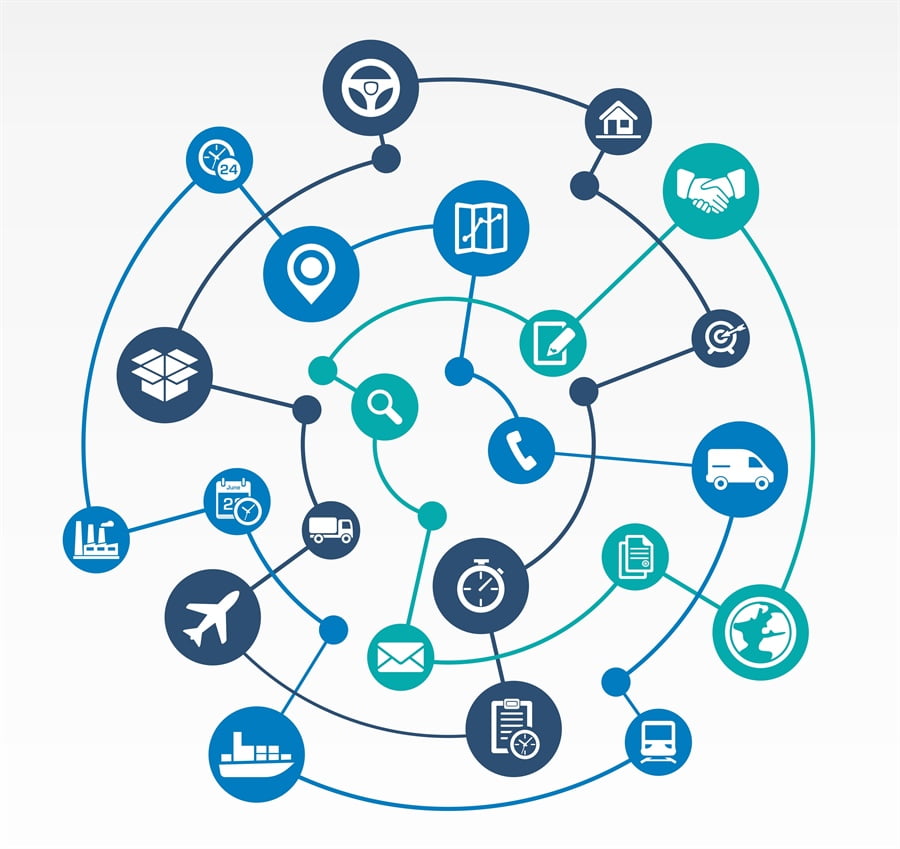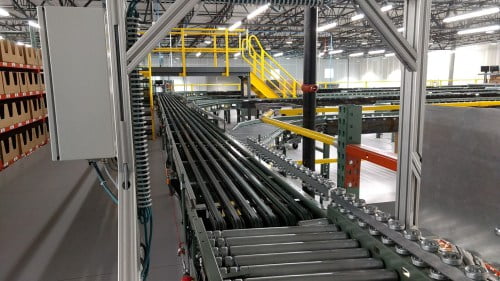Published April 27, 2017
Full supply chain visibility has been a top three goal of supply chain managers for more than a decade. The ability to see your inventory, customers’ orders, and financial transactions, as they move through every node in the supply chain is paramount. This enables opportunities to optimize inventory position, route shipments more efficiently, truly collaborate -not just cooperate, and communicate with customers to provide world class service.
It is important to recognize that the pace of digital disruption has never been more frequent than today and the magnitude of the disruption is ever increasing. This provides an opportunity for organizations’ End-to-End (E2E) supply chain visibility capabilities to evolve and to transform.
Your operations and technical leadership should focus on these key areas to survive and thrive in this age of digital disruption:
Cloud computing provides the ability for enterprises of any size to use Enterprise Resource Planning (ERP), Distributed Order Management (DOM), Transportation Management Systems (TMS), and visibility and collaboration portals without the traditional investment in on-premise hardware. These applications can be remotely hosted and accessed via any web browser or mobile device. Cloud computing is a prerequisite for providing your organization and trading partners with complete supply chain visibility. It allows organizations to rapidly deploy supply chain applications and provides software developers with a cost effective platform for developing new supply chain applications. In addition, it helps to breakdown supply chain silos across and within organizations, which is the most significant enabler for E2E supply chain visibility.
The Internet of Things (IoT) was originally the concept of “things talking”. Once it was understood that RFID could “talk” people started to think about other things that could “talk” over the Internet. This brings sensors and mobile devices into the fold and onto the platform. This platform provides a comprehensive view of the logical status and physical location of every order and piece of inventory across your supply chain network, provided by your mission critical applications (ERP, DOM, TMS, etc).All product sensors and delivery vehicles’ telematic devices along with the drivers’ mobile devices (loaded with routing and customer facing Proof of Delivery (POD) apps can be enabled to communicate across the common platform.Within that platform resides all of the information that is generated within each node and through every channel in The Connected Supply Chain (manufacturing sites, DCs/FCs, transportation and delivery hubs, and delivery vehicles).
Big Data can leverage the new data streams that are now available to you and can dramatically improve existing business processes, providing opportunities for even greater supply chain visibility. Companies are able to capture big data at the transaction level on an almost real-time basis. In fact, the availability of visibility-specific data is overwhelming supply chain leaders in their ability to make use of it. Layered on top of the platform are the industry specific analytic tools and business applications that will take advantage of this data. The analytics will be used to look for patterns and improvement opportunities in the business.
The organizations that will be successful in proving full E2E supply chain visibility in the future will have digitally focused leadership and a forward thinking oriented mindset. Organizationally, companies must have a culture that is capable of agility, an appetite for risk, be data-driven, and foster collaborative work styles. Proper planning is the critical next step in enabling companies to evolve and even re-invent themselves in this time of digital disruption.
More Resources
- Video: The Connected Warehouse
- Video: Introducing SensorThink
- White Paper: The Survival Guide to Digital Disruptions



